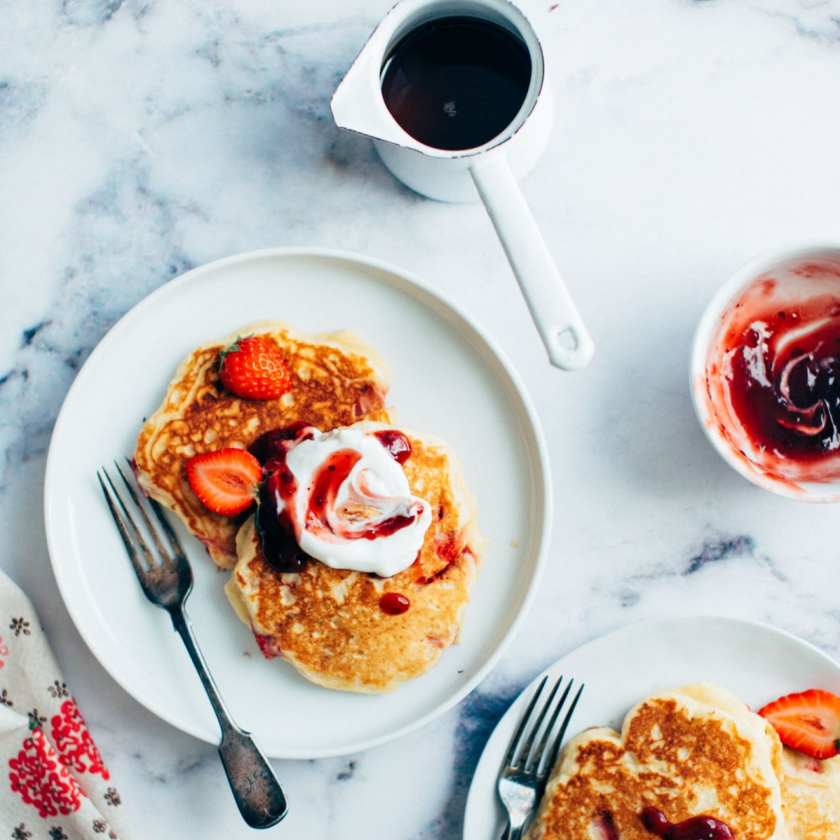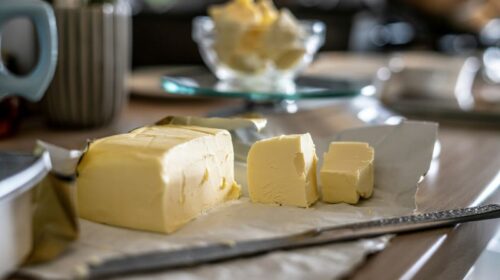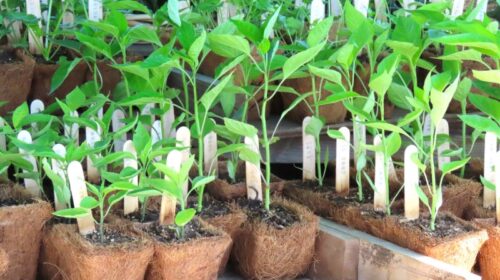Crafting a Sourdough Starter
by Tom Andersen
I went to the store a few weeks ago to grab a loaf of French bread, planning to make sandwiches and pizza bread. I read the label. Never should have done that — 13 maybe 14 ingredients beyond water, flour, yeast, and salt. I bought it anyway and it was good, but wow! There’s a better way.
I remember a jar full of tan colored goo with a cloth napkin rubber-banded over it in my grandma’s cellar fridge in South Dakota. She called that bread starter the “mother” — the giver of life. Culinary author Michael Pollan wrote in short that if a person were to consume only flour and water, they would not survive. However, if they were to make bread using only flour and water, they would not only survive, they would thrive. The difference being the “mother.”
Odd name for fermented flour mush, but it’s alive and eats, breathes, reproduces and I swear has the depth and breadth of emotion. A starter is just the combination of flour, water, and time. It is live and fermented, becoming the active leavening agent for future loaves of bread. In our case here — sourdough.
Sourdough Enthusiasts
There exist two types of sourdough enthusiasts. There are the purists who follow stringent rules for creating and maintaining the mother. They use specific types of flour and very accurate measurements using digital scales and thermometers and use a vocabulary that exists nowhere in old family recipe cards. That’s great. Perhaps it furthers the science. Then there are those who go for simplicity. They use whatever type of wheat flour they have. They feed it sometimes daily, sometimes weekly, monthly is kind of pushing it, but if it dies they don’t grieve too long and just make more.
The purists enjoy the intricate process, from when to feed the mother, the type of flour, the level of hydration, the temperature, and time of fermentation for multiple risings with clever names and different styles of kneading. The purists make fantastic bread. The other type mixes up the ingredients, lets it rest, kneads it however long until it feels right, lets it rise until it’s ready, makes a loaf shape, and then cooks it until it’s done. Or makes a pizza crust or bagels or pretzels or even pancakes. Some of us might even use a little extra packaged yeast. Heavens no sayeth the purists, but our grandmas didn’t consider it cheating only making things a little more predictable.
The Starter
Let’s begin by creating the mother. It’s really very simple. In a clean quart jar pour in one cup of non-chlorinated water and one cup of flour. Stir it up and cover very loosely. Put it in a warm place. I place mine near our gas stove. Tomorrow, stir it up and add ½ cup flour and ½ cup non-chlorinated water. Put the lid back on and let it go another day. Do it again the next day. The day after that, you will need to pour some off or the mother may get so excited the lid will pop off and starters will get everywhere. For the next few days pour some out into another container and feed one or all (or give some to your neighbor). By now, it should smell sour. Place it in the fridge or a cool place to slow it down and feed it every so often. Again daily is great, weekly is fine. The liquid that comes to the top is normal. It’s called “hooch” and you can stir it back in before you feed the starter.
As mentioned above, you’ll need to make room in the mother jar as the starter ferments and grows. Most people call that which leaves the mother, “discard” which sounds so negative. My Lutheran farmer grandmother wouldn’t discard anything and neither would I. I call it “pour-off.” All sorts of things can be made with that wonderful pour-off. Pancakes are my personal favorite, but pizza dough and pretzels are also easy and outstanding. The only difference between using pour-off and the mother is the activity status of the ferment. The mother is active and the pour-off is not. The solution is easy — a bit of additional leavening.
Sourdough Pour-Off Pancakes

These delicious pancakes are easy to make and have become a family favorite in my home.
1 cup of pour-off
1 tsp flour
1 egg beaten
1 tbsp melted butter
1 tbsp sugar
¼ tsp baking soda
¼ tsp baking powder
Take your cup of pour-off, add a teaspoon of flour, and stir it up. Wait 10 minutes. Add the egg, melted butter, and sugar. To adjust the consistency add either flour or milk if necessary. When it’s right, add the baking soda and baking powder. Let it fizz up while you hit the go button on your coffee. Cook them up in a little butter, bacon fat, or your favorite oil.
Garnish with your favorite variations of syrup, homemade jam, butter, or a dollop of freshly whipped cream. Serve with seasonally fresh fruit or your favorite frozen berries warmed up and maybe a side of bacon. Enjoy!

Tom Andersen is a writer, cook, martial arts instructor, and lifelong Felton resident. He explores the world of fermented food and drinks in print and online at FB @FeltonFementer.
Featured photo of a sourdough “mother” — the fermented starter for sourdough bread — by Margaret Jaszowska
Have something to contribute? The San Lorenzo Valley Post welcomes your Santa Cruz Mountains story ideas, photos, and letters. Send us an email.





Thata boy
Great article and thanks for the recipe!
Thanks Steve! Tom’s the best